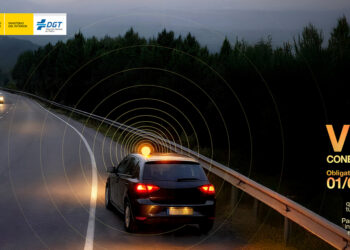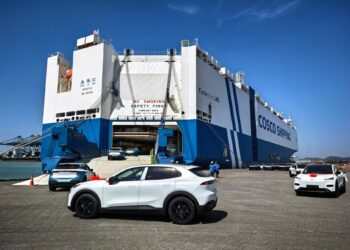Stellantis, one of the world’s largest automotive manufacturers, is facing a storm of uncertainty as its CEO, Carlos Tavares, abruptly stepped down. The announcement, made on Sunday, sent shares tumbling across major markets, with Milan and Paris experiencing sharp declines.
Stock market turmoil following leadership upheaval
The news of Tavares’ immediate resignation caused Stellantis’ shares to drop by 7.28% on the Milan Stock Exchange shortly after opening, hitting 11.624 points at 09:20 local time. In Paris, shares fell by over 6% in early trading. The ripple effect was felt across Stellantis’ global listings, which include New York.
This dramatic reaction reflects investor concerns over leadership instability in a conglomerate that manages iconic brands such as Citroën, Peugeot, Fiat, Jeep, Maserati, and Opel. The resignation comes a year and a half before Tavares’ term was set to end in 2026, intensifying speculation about internal turmoil.
Tensions and financial struggles behind the resignation
Stellantis attributed Tavares’ departure to tensions with the Board of Directors, reportedly linked to weaker-than-expected financial results. The company, led by Chairman John Elkann, has initiated a search for a permanent successor, expected to be concluded by the first half of 2025.
Until then, a temporary Executive Committee led by Elkann will oversee operations. The shake-up has already drawn attention from the Italian parliament, where the new interim leadership will be called to clarify Stellantis’ future in the region.
Mangualde factory: A bright spot amid the chaos
Despite the leadership crisis, Stellantis’ production facility in Mangualde, Portugal, has reported strong performance. The factory, which employs around 900 workers, increased production by 2.6% in the first 10 months of the year compared to the same period in 2023. Between January and October, the plant produced 72,477 vehicles.
The Mangualde facility also marked a milestone in October, launching mass production of electric passenger and light commercial vehicles—making it the first factory in Portugal to achieve this feat. Backed by a €119 million investment through the GreenAuto initiative, this project underscores Stellantis’ commitment to sustainable innovation.
Stellantis’ challenges on the global stage
As Stellantis grapples with leadership instability, it must also navigate an increasingly competitive automotive landscape. With ambitious plans to expand electric vehicle production and an extensive portfolio spanning 14 major brands, the group is under pressure to deliver consistent results.
The abrupt leadership change adds uncertainty to Stellantis’ strategic direction, raising questions about its ability to maintain momentum in key markets while ensuring operational efficiency.
What’s next for Stellantis?
The Board’s focus now lies in finding a permanent CEO capable of stabilizing the company and guiding it through its electric transformation. With electric vehicle production ramping up and critical factories like Mangualde performing well, Stellantis has strong building blocks—but stability at the top is crucial for sustained success.
Investors, employees, and customers will be watching closely as the company navigates this pivotal moment. For Stellantis, the stakes couldn’t be higher: its leadership choices will define its future in a rapidly evolving global market.









